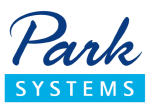Global Webinar Series | Exploring the Horizons of 2D Materials
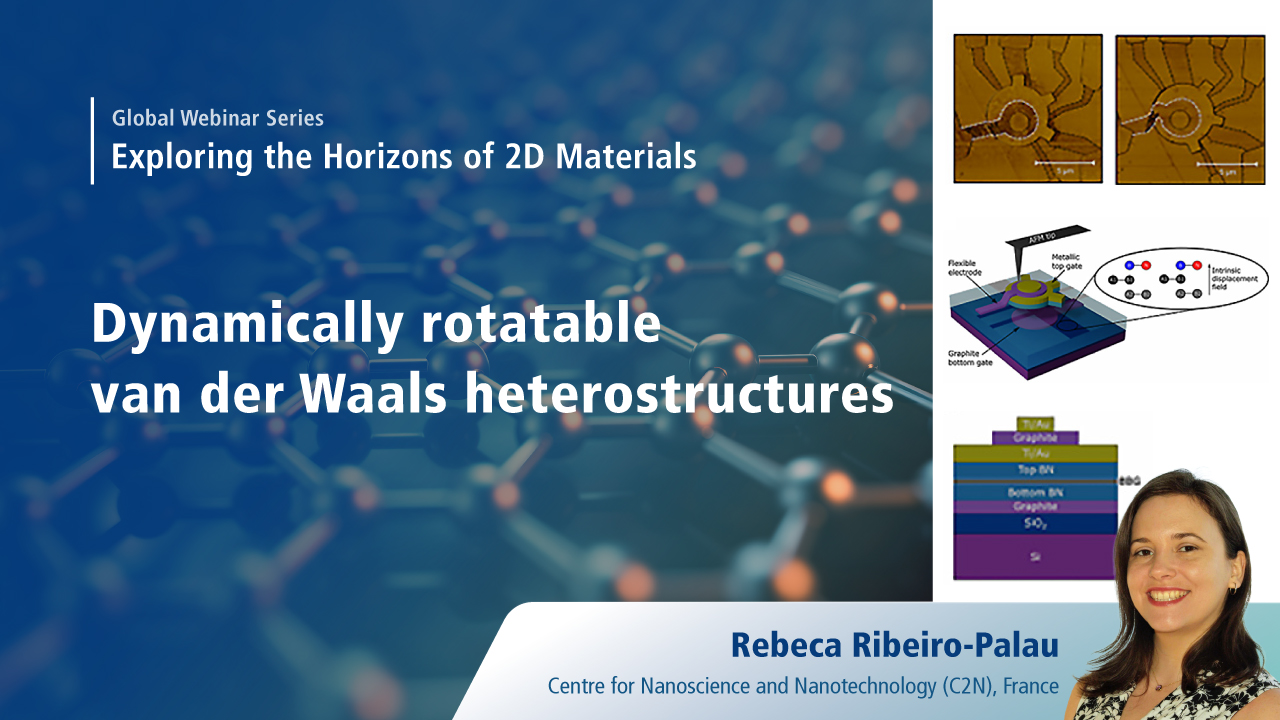

In heterostructures of two-dimensional materials, electronic properties can vary dramatically with relative interlayer angle. This effect makes it theoretically possible to realize a new class of twistable electronics in which properties can be manipulated on demand by means of rotation. We demonstrate a device architecture in which a layered heterostructure can be dynamically twisted in situ. We study graphene monoalayer and bilayer encapsulated by boron nitride, where, at small rotation angles, the device characteristics are dominated by coupling to a long-wavelength moiré superlattice. The ability to investigate arbitrary rotation angle in a single device reveals features of the optical, mechanical, and electronic response in this system not captured in static rotation studies. In particular we will present recent result on how the nanomanipulation of flakes allow us to observe the angular dependence of the crystal field in a heterostructure and how we can activate a ferroelectric state.
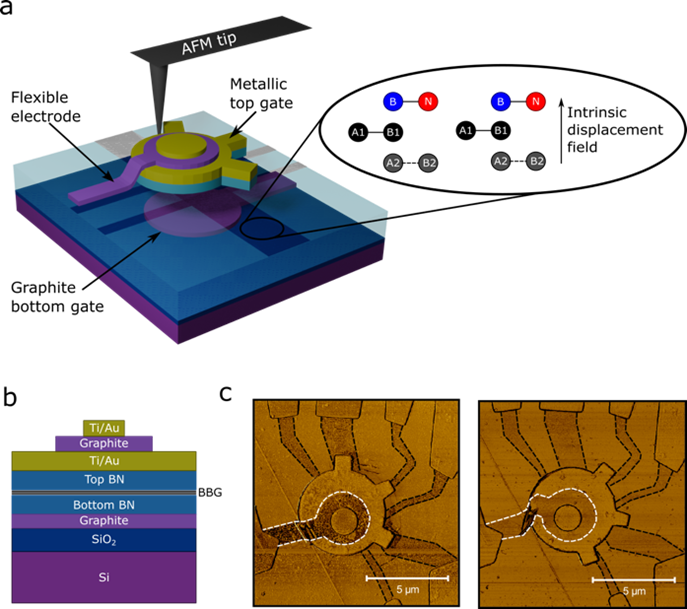
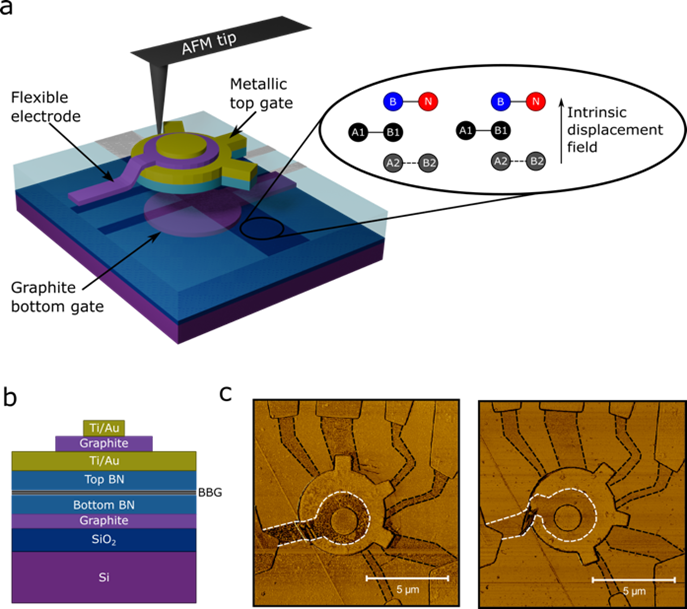
Electron microscope image of a thin film of a random network of nanofibers with TMC atomic wires synthesized on a substrate.
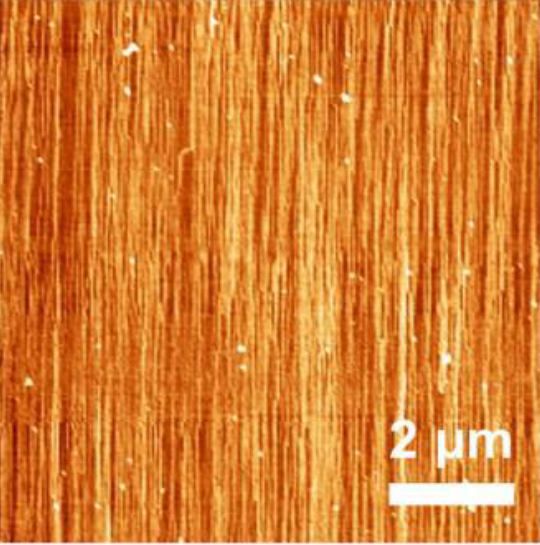
Atomic force microscope image of unidirectionally directionally controlled grown nanofibers
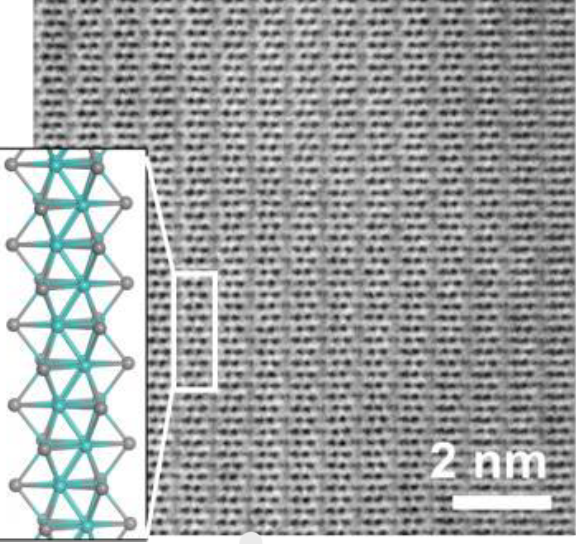
Electron microscope image and structural model of TMC atomic wire nanofibers aggregated in the same direction
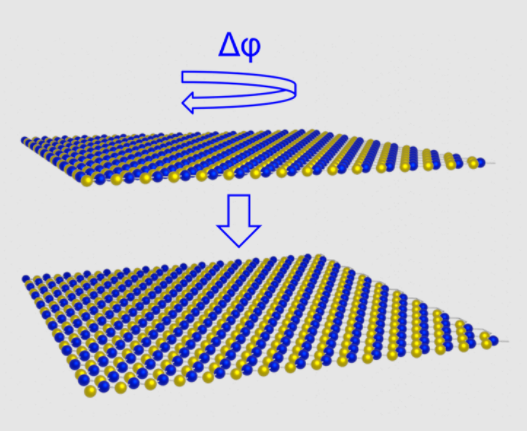
Image caption

Image caption


